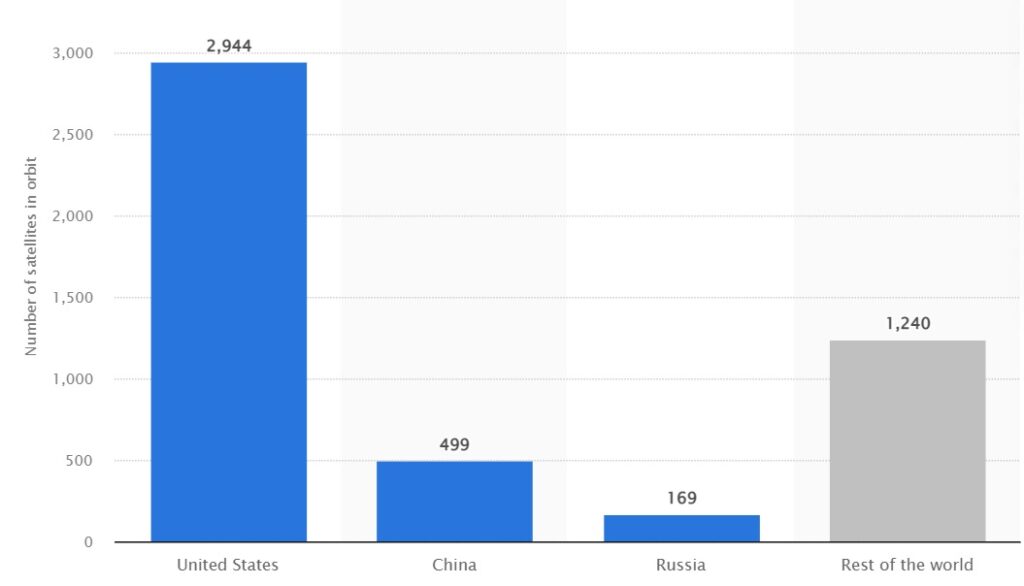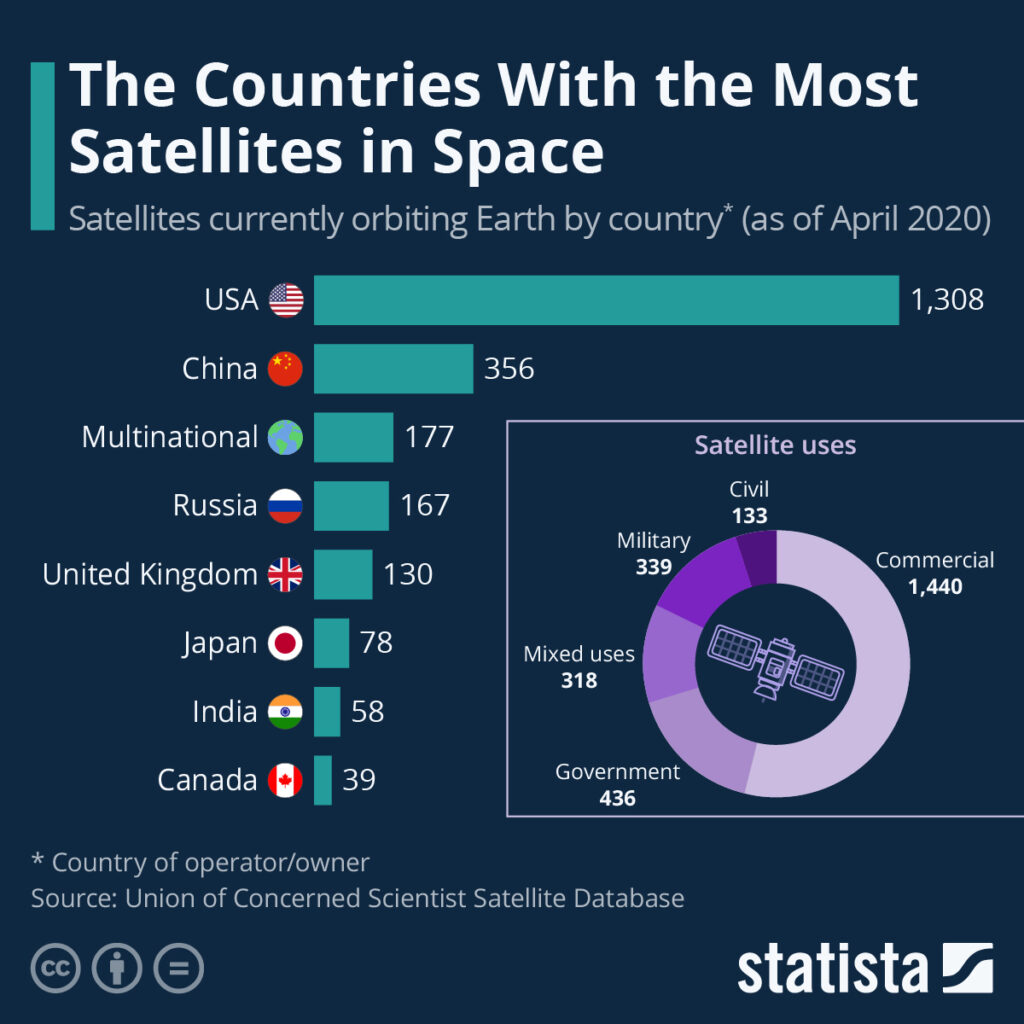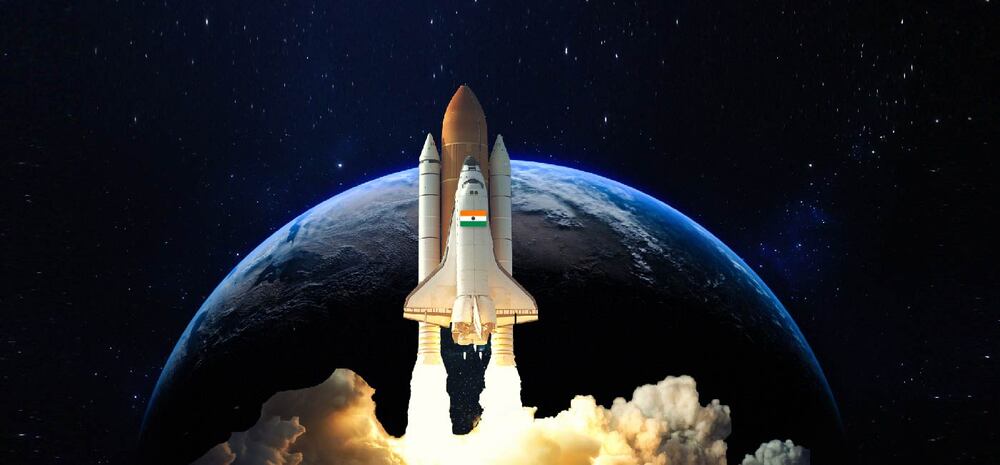The 18th of November, 2022, will be remembered as a watershed moment in the Space Tech history of India. On this day, India successfully launched its first private rocket, named Vikram S.
The rocket is a tribute to Vikram Sarabhai, widely regarded as the father of the Indian space program. Under the supervision of ISRO, the 545-Kg rocket Vikram S (VKS) was launched at 11:30 a.m. sharp from the Satish Dhawan Space Centre in Sriharikota. VKS hit an apogee of 89.5 kilometers before splashing into the Bay of Bengal 5 minutes after its launch.
Features of Vikram S – India’s first Rocket Launch
VKS has been designed and built by Skyroot, a brainchild of two promising engineers, Pawan Chandana and Bharath Daka. Vikram S, India’s first private rocket launched, can reach Mach 5, or five times the speed of light. It can even transport an 83 kg payload to a height of 100 kilometers.
Vikram-S has been unimaginatively built in a record time of just 2 years. Its success marked the foray of private players into the Space Tech dominated by the Government owned Indian Space Research Organization (ISRO).
The body mass of India’s first private rocket launched is 545 kg, the length is 6 meters, and the diameter is 0.375 meters. It is one of the most affordably priced launch vehicles. VKS carried three payloads into space- two from Indian customers (namely Chennai’s Spacekidz and Andra Pradesh’s N-Space Tech) and 1 foreign customer ( Armenian BazoomQ Space Research Lab)
India’s first private rocket launched, Vikram-S, is a single-stage spin-stabilized solid propellant rocket fuelled by cutting-edge aviation technology and a carbon core structure. The historic launch was a part of the Mission Prarambh, which marks a new beginning of the journey of private players in the Space launch sector.
Vikram-S (VKS) is a Small Satellite Launch Vehicle (SSLV) capable of delivering payloads weighing between 290 and 560 kg into sun-synchronous polar orbits. The Kalam-80 engine, named after our former President and renowned ISRO scientist Dr. APJ Abdul Kalam, powers VKS.
About Mission Prarambh
The mission, codenamed Prarambh, earmarks the foray of private players into the space launch market. This mission is authorized by IN-SPACe, a nodal body framed by the Government of India for permitting private companies to enter the Space market.
Vikram-S, India’s first private rocket launched, took off under the flagship program of Mission Prarambh. In June 2020, PM Narendra Modi announced the inauguration of IN-SPACe as the autonomous nodal agency to take care of the needs of the private payers entering the Space Tech.
ISRO will act as a facilitator for private companies, providing infrastructure, support, and guidance as needed. In addition, IN-SPACe is vested with the responsibility to track the space activities of both the Government and private bodies.
ISRO is looking to partner with private entities to expand its launch capacity as demand for satellites grows and more industries prepare to move into space.

About Skyroot and its Future Plans
Skyroot is a Hyderabad-based startup founded by two ingenious IIT engineers, Pawan Chandana and Bharat Daka, in 2018. Skyroot has set an ambitious target of reducing the developmental costs of launching small satellites by up to 90 %. It is the first private company to design and launch a rocket into space. So far, private player contributions to space tech have been limited to producing parts and systems for ISRO.
The ambitious launch of Vikram-S has paved the way for the active participation of private players such as Skyroot in Space Tech. After experiencing one-shot success with VKS, the company intends to launch more than 20,000 small satellites in stages over the next ten years.
Through its unparalleled mass production, the company intends to make satellite launching as simple as booking a cab. In the Vikram Series, Vikram I, Vikram II, and Vikram III will follow VKS. In addition, the company envisages using Space Tech to drive Vikram-S, Kalam-80, and 3-D printed thrusters in the upcoming Vikram series.
The upcoming Vikram series will use a variety of solid and cryogenic fuels and have a carbon composite core structure. Skyroot has received $68 million in funding, making it the most funding received by any Indian Space Tech start-up.
Booster for the Start-up Community
The event was graced by Dr. Jitendra Singh, Union Minister of Science and Space Technology, and MOS PMO, Atomic Energy and Space. He described the historic success of VKS, India’s first private rocket launched, as a defining moment for the country’s start-up movement.
After the successful launch of VKS, Dr. Jitendra Singh congratulated the Nation and thanked PM Narendra Modi for allowing Space Tech for public-private partnerships. He further enlightened us that ISRO has received applications from over 100 start-ups for collaborations in various areas of Space Tech.
Contribution to the Indian Economy
India occupies the sixth position in the list of most active countries in space exploration, and the USA leads the list. The shares of communication activities are expected to rise from 26 % to 50% of the global space economy by 2040. This growth will be achieved through improving space-based technology for research and exploration.

Considering the present global space tech revenue to be 469.3 bn USD, India has significant untapped potential for boosting the economy.

Key Takeaways
The success of Vikram-S, India’s first private launch, will help many private entities realize their space ambitions. In addition, the entry of more private Space Tech firms into the space market would allow ISRO to use funds for research on impending missions.
While most Indian start-ups are still pre-commercial, a more significant influx of funds is expected as more space tech missions succeed.
FAQs
How much does it take for a Vikram-S rocket to launch?
India’s first private rocIndia’snched, VKS, can be assembled and launched in less than 72 hours.
How long does the VKS, India’s first rocket lauIndia’ske to completion?
The take-off gets completed in just 300 seconds.
Read more: How Long-term investing helps create life-changing wealth – TOI.
How useful was this post?
Click on a star to rate it!
Average rating 0 / 5. Vote count: 0
No votes so far! Be the first to rate this post.

